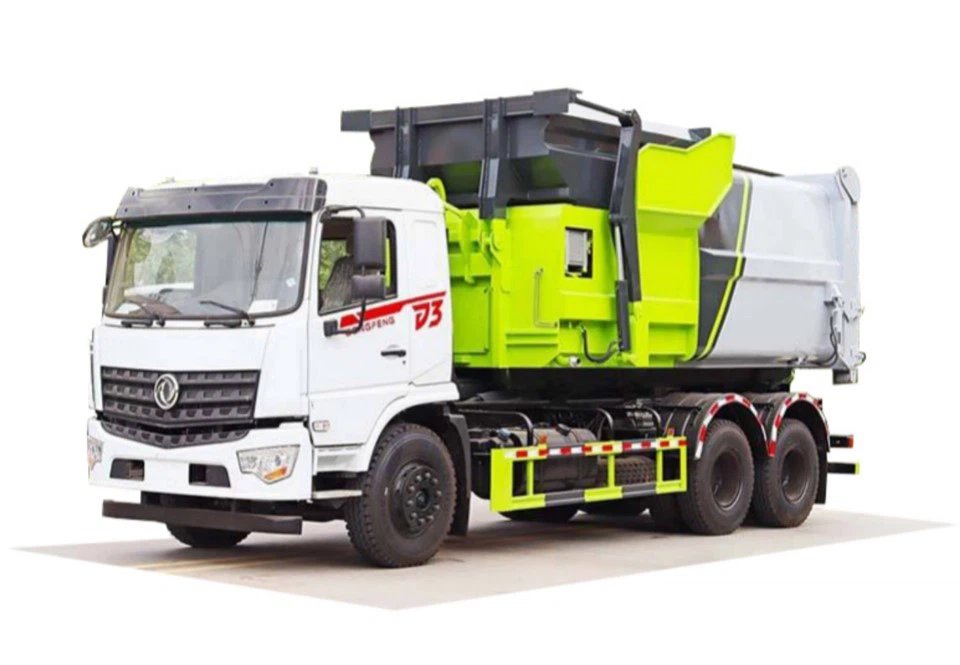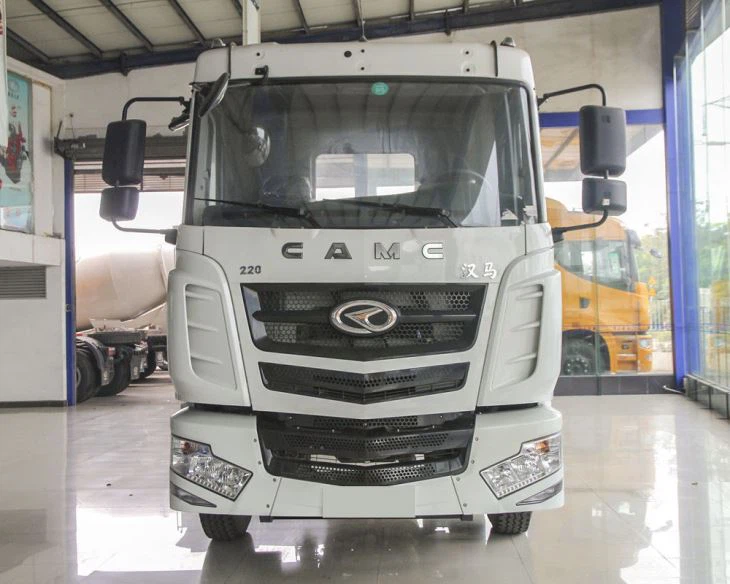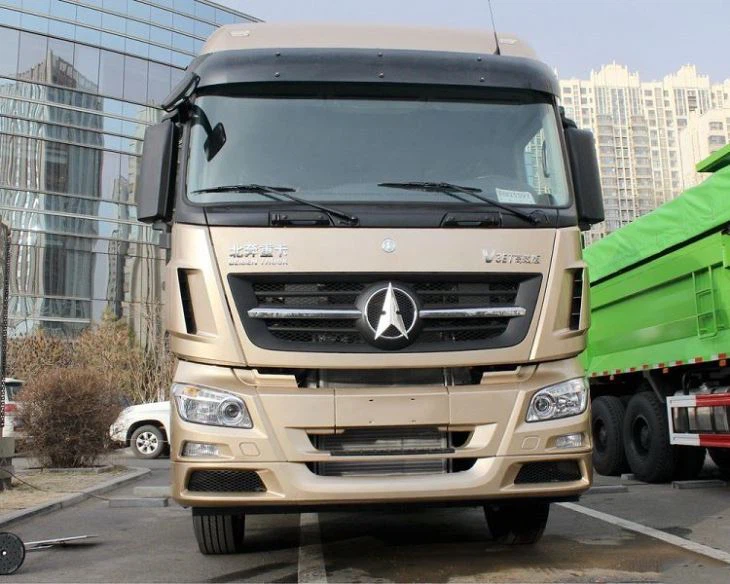Mammoth Cab: The Ultimate Guide to Heavy-Duty Transportation

Introduction
In the realm of heavy-duty transportation, few vehicles stand out quite like the mammoth cab. Designed to handle the most challenging terrains and loads, mammoth cabs are a staple in industries ranging from logistics to construction. This article will delve deep into what a mammoth cab is, its features, advantages, applications, and much more. By the end, you will have a comprehensive understanding of the mammoth cab and its importance in modern transportation.
What is a Mammoth Cab?
A mammoth cab basically refers to a large, heavy-duty truck chassis designed for carrying substantial loads or facilitating robust towing capabilities. Typically, these trucks are equipped with powerful engines, advanced suspension systems, and enhanced safety features to ensure optimal performance in tough environments.
History of Mammoth Cabs
The term “mammoth cab” has evolved over the years. In the early days, trucks were designed for speed and efficiency, sacrificing strength and hauling capabilities. However, as industries grew and the need for heavier loads increased, manufacturers pivoted to create robust vehicles that could handle the demands of construction, mining, and logistics.
Key Features of Mammoth Cabs
- High Payload Capacity: Capable of carrying heavy loads without compromising stability.
- Powerful Engine Options: Equipped with high-performance diesel engines to ensure reliability and power.
- Advanced Suspension Systems: Designed to maintain balance and comfort, even on rugged terrains.
- Towing Capacity: High towing capabilities suitable for pulling trailers or heavy equipment.
- Durability: Made with tough materials to withstand harsh working conditions.

Types of Mammoth Cabs
Mammoth cabs come in various configurations to cater to different needs. Here are some common types:
Standard Mammoth Cabs
Standard mammoth cabs typically feature a large, spacious cabin suitable for long-distance travel and heavy lifting. They are often used in logistics and freight transport.
4×4 Mammoth Cabs
4×4 configurations are tailored for off-road conditions and challenging terrains, making them perfect for construction sites and mining operations.
Flatbed Mammoth Cabs
These cabs often feature an open flatbed for transporting large machinery or goods, allowing for easy loading and unloading.
Comparison of Mammoth Cab Types
| Type | Best For | Payload Capacity |
|---|---|---|
| Standard | Logistics | up to 40,000 lbs |
| 4×4 | Off-road | up to 35,000 lbs |
| Flatbed | Heavy equipment | up to 50,000 lbs |
Advantages of Using a Mammoth Cab
Mammoth cabs offer numerous advantages that make them a favored choice for heavy-duty transportation.
1. Enhanced Safety
With their robust structure and advanced technology, mammoth cabs are built to ensure driver safety. Features like air brake systems and traction control provide peace of mind while driving under heavy loads.
2. Increased Efficiency
Designed to tackle heavy loads and long distances, these vehicles can deliver cargo more efficiently than smaller trucks, reducing transport time and costs.
3. Versatility
Mammoth cabs can be customized for various industries, allowing businesses to adapt them for diverse tasks, from hauling goods to construction needs.
4. Resilience Against Elements
The durable exterior of mammoth cabs protects against extreme weather conditions, making them reliable year-round.
Practical Applications of Mammoth Cabs
Mammoth cabs play a pivotal role in various industries. Some common applications include:
1. Construction Industry
In construction, mammoth cabs are essential for transporting heavy equipment and materials to job sites, where they often navigate challenging terrains.
2. Agriculture
Mammoth cabs are used in agriculture for transporting crops, livestock, or machinery, facilitating seamless operations on farms.
3. Mining Operations
In the mining sector, these cabs are vital for transporting heavy machinery and mined materials, enabling efficient extraction processes.
How to Choose the Right Mammoth Cab
Selecting the right mammoth cab depends on various factors. Here are some tips:
1. Assess Your Load Requirements
Evaluate the types of loads you frequently transport. The cab should have a sufficient payload capacity to accommodate your needs.
2. Understand Terrain Conditions
Identify the environments you’ll be operating in. If you frequently traverse rugged terrains, consider a 4×4 mammoth cab.
3. Look for Customization Options
Explore options for customization, such as flatbeds or additional storage, based on your specific requirements.
4. Consider Fuel Efficiency
While power is essential, consider models with better fuel efficiency to keep operational costs low.
Maintenance Tips for Mammoth Cabs
Maintaining a mammoth cab is crucial for ensuring longevity and performance. Here are some essential maintenance tips:
1. Regular Inspections
Conduct routine inspections of the engine, brakes, and tires to catch potential issues early.
2. Change Oil Frequently
Regular oil changes, as per the manufacturer’s specifications, keep the engine running smoothly and efficiently.

3. Maintain Tire Health
Check tire pressure and tread regularly to ensure optimal performance and safety.
4. Clean the Cab Interiors
A clean cabin enhances comfort for drivers and helps in preserving the overall quality of the vehicle.
Common Misconceptions About Mammoth Cabs
Despite their popularity, there are several misconceptions surrounding mammoth cabs:
1. They are Only for Heavy Loads
While mammoth cabs are indeed designed for heavy loads, they can also be versatile enough for lighter transportation needs.
2. They are Difficult to Drive
With advancements in technology, many mammoth cabs are equipped with features that make them easier to handle than older models.
3. They are Not Fuel Efficient
Many people assume all mammoth cabs are guzzlers, but newer models have been designed to be more fuel-efficient while still delivering power.
FAQ Section

1. What is the average cost of a mammoth cab?
The cost of a mammoth cab can vary significantly based on the make, model, and options selected, typically ranging between $80,000 to $150,000.
2. Are mammoth cabs suitable for city driving?
While they are primarily designed for heavy-duty tasks, some mammoth cabs can be suitable for city driving, especially if they are smaller models.
3. How often should I perform maintenance on my mammoth cab?
Regular maintenance should be performed every 3,000 to 5,000 miles or as recommended by the manufacturer.
4. Can mammoth cabs be customized for specific tasks?
Yes, many manufacturers offer customization options for mammoth cabs, allowing businesses to tailor vehicles for their specific needs.
5. Do I need a special license to drive a mammoth cab?
Depending on the weight and type of the mammoth cab, you may need a Commercial Driver’s License (CDL) to operate it legally.
6. What are the best brands for mammoth cabs?
Some of the top brands for mammoth cabs include Freightliner, Kenworth, and Peterbilt, known for their durability and performance.
